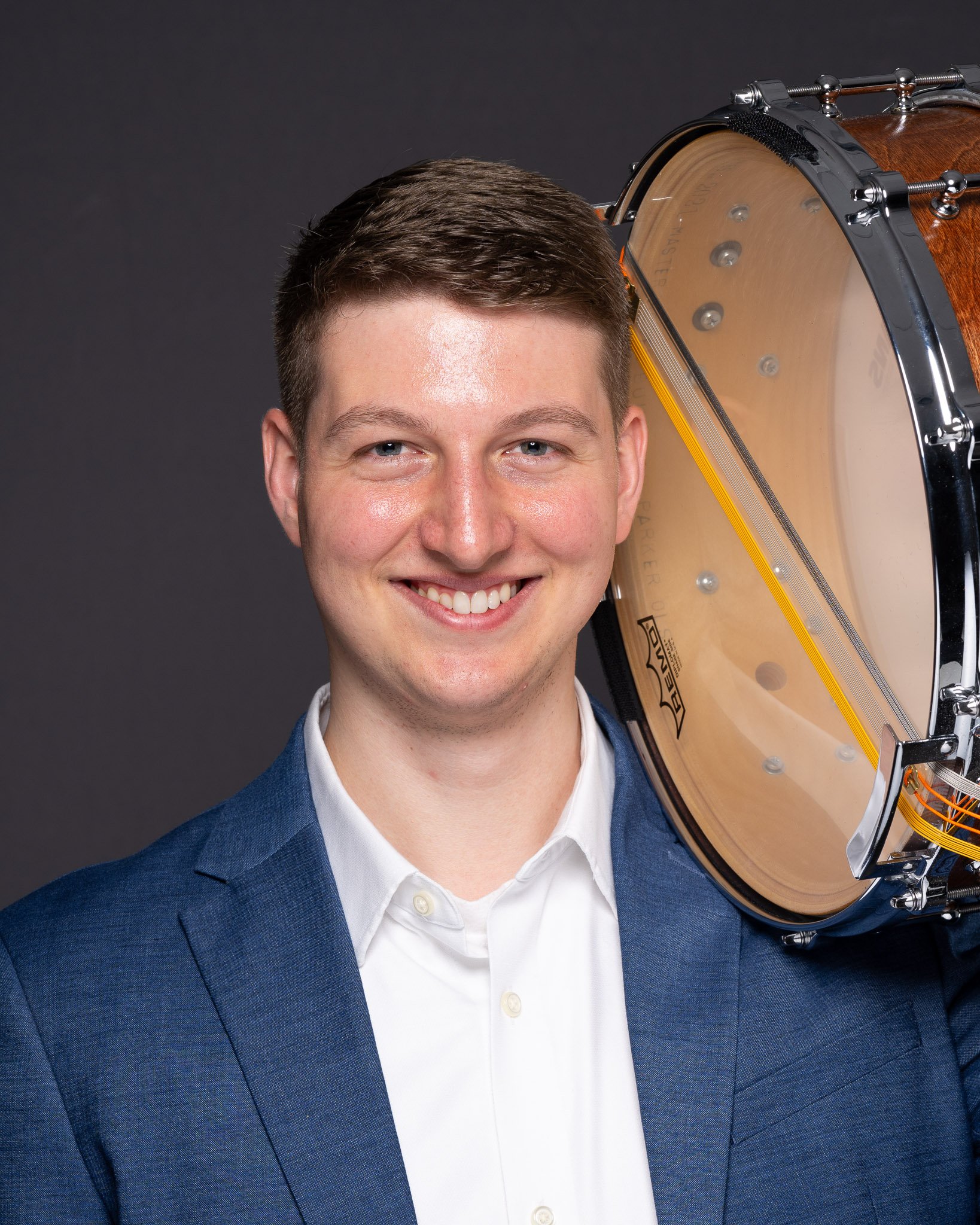For Students: Ideas on the Fundamentals and Practicing
Fundamentals
Without acquiring and maintaining the proper fundamentals of any instrument, musicians will not be able to express meaning beyond what is on the page. This is a great challenge for percussionists because there are so many instruments to master, and we do not have the luxury of packing up our piccolo and taking it home with us. I hope to address some ideas on basic fundamentals and offer guidance on technique and books that are great tools to aid in growing your technique and musicianship.
Snare Drum
If you don’t have the book Stick Control, this is a must for every student. Basic single strokes, double strokes, ornaments, and concert rolls should be addressed. I was also started out on Haskell Harr Book 2 which encompasses all the snare drum rudiments. I find that playing in front of a mirror is one of the most important ways to check in on technique. Are your hands matched? And are they throwing the stick loosely the way the body is intended to move naturally, without tension?
Mallets
Scales, double stops, arpeggios, sight-reading, all in the George Hamilton Green book. I highly recommend this book for developing technique and reading skills. Practicing with the mallets low to the bars and with wrist strokes will allow your playing to be efficient. Learning xylophone rags are also a great and fun way to get your mallet playing going. I learned the Stevens grip on marimba for 4-mallet technique, and basic exercises in the Stevens Method of Movement will get you started. Learning solos like Yellow After the Rain by Peters and Two Mexican Dances by Stout are standards.
Timpani
I have a few thoughts on intonation: you need to to learn how to sing. It might seem uncomfortable, but I remember joining high school chorus just to work on my ears. Get an A=440 tuning fork and learn to hear pitches from that with simple ear training exercises: major and minor triads and songs for specific intervals. Books to get for students are Saul Goodman’s Modern Method for Timpani, Hochrainer Etudes Vol. 1, and the Friese-Lepak Timpani Method to use for the intonation exercises.
Drum Set
Every percussionist usually wants to get a drum set at some point, and this should be encouraged. The independence skills as well as musical collaboration will only help you, and you’ll probably have fun doing it. Some classic books are Realistic Rock by Carmine Appice, Jim Chapin’s Advanced Techniques for the Modern Drummer, and John Riley’s Bop Drumming Books.
Practicing
COVID-19 has changed our world in many ways from the inability to perform live music as well the inaccessibility of instruments for percussionists to be able to practice. Listed below are some ways to find access to instruments or use the ones available to you at school and at home.
Access to Instruments
One of the difficulties of studying percussion is finding access to instruments. If your band is not meeting in-person, talk to your band director about whether they would be able and comfortable lending you instruments for the semester, such as a marimba, timpani, or xylophone to be able to practice at home. If you live near a major city, there may also be ways to rent instruments, either from a percussion or music company or a local school or university. There are also ways to find used and accessible gear online if you are interested and able to invest in buying an instrument.
Practicing at School
Although precautions must be taken when using shared instruments and in a shared space, talk to your band director about finding times to be able to practice before or after school.
Practicing at Home
Even if you just have a practice pad, all the books and recommended solos above would greatly improve your playing, and snare drum technique will immediately transfer over to all the other instruments. Working on your snare drum technique could end up putting you ahead even if you do not have access to other instruments. If you have a drum set or a marimba, now is a great time to learn music and continue to work on technique.
Putting It All Together
At the end of the day, one of my teachers put it this way for younger students: good sounds, good time and rhythm, and a dedication to what you’re doing. Because of COVID-19, the ability to practice and perform has been greatly hindered, but for students seeking opportunities to continue to improve, I hope that some of these suggestions can help in providing an opportunity to continue studying percussion this year.


